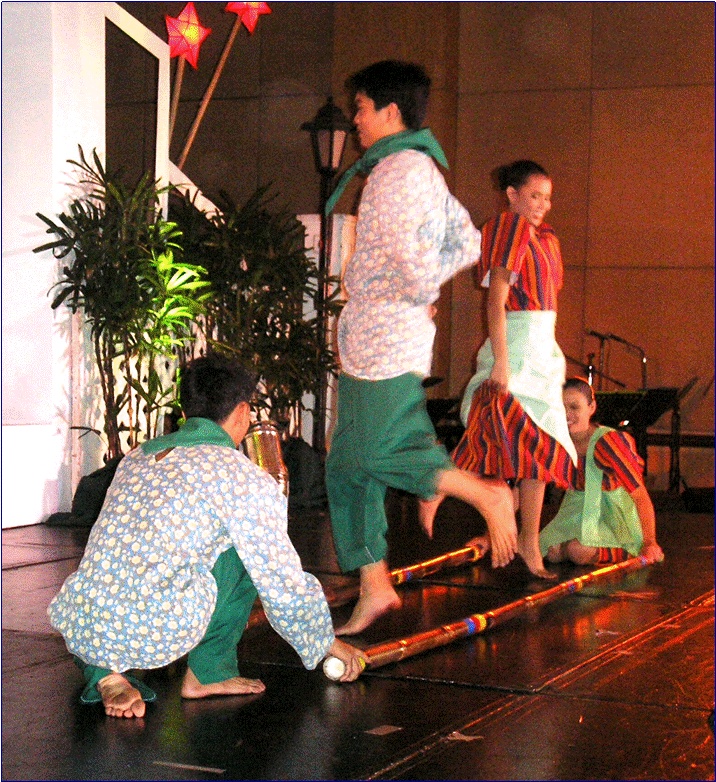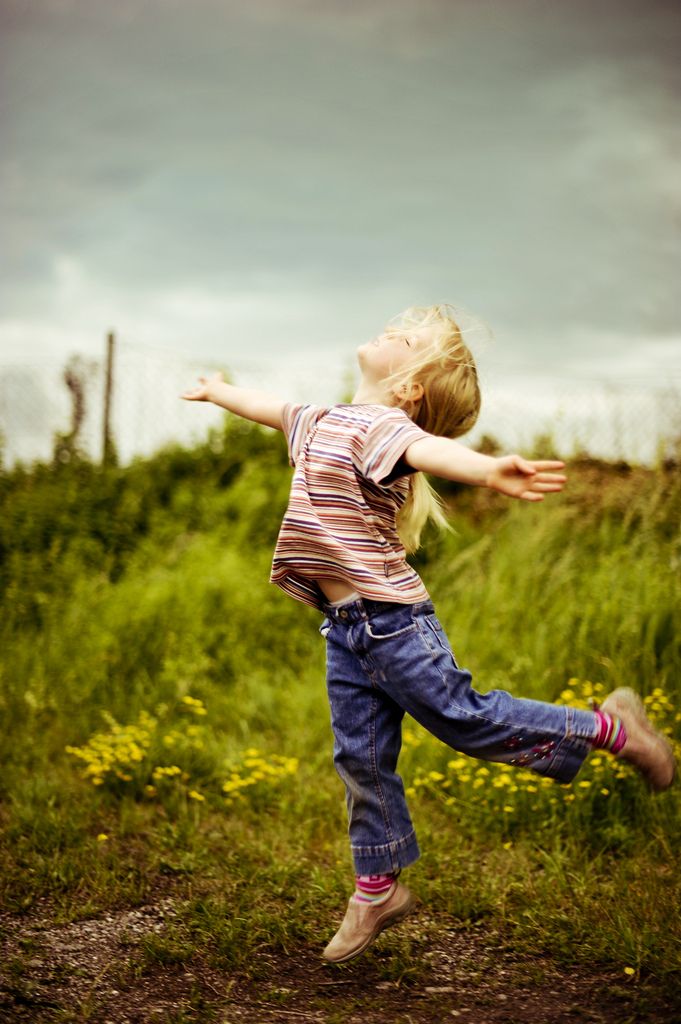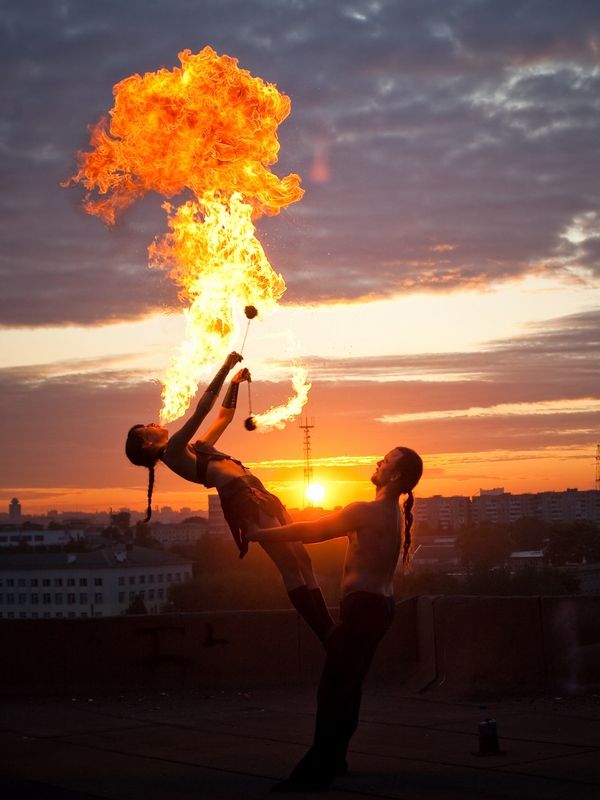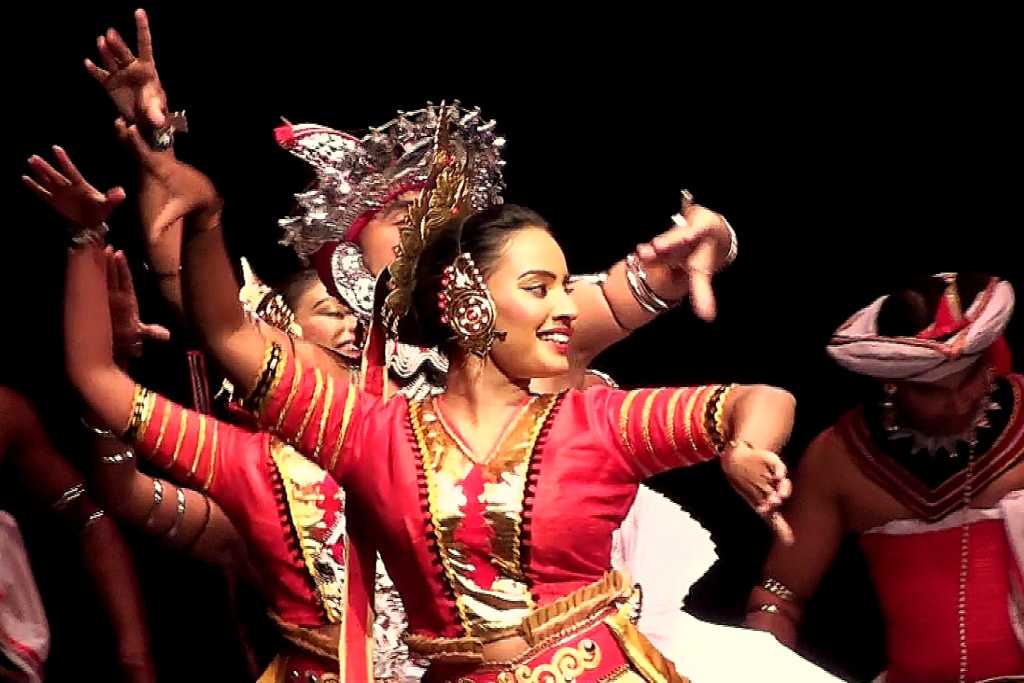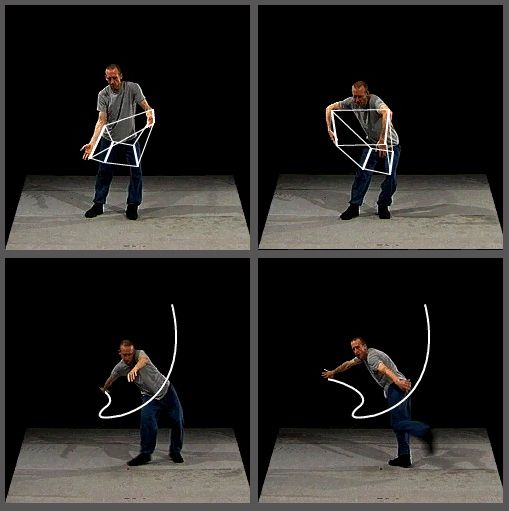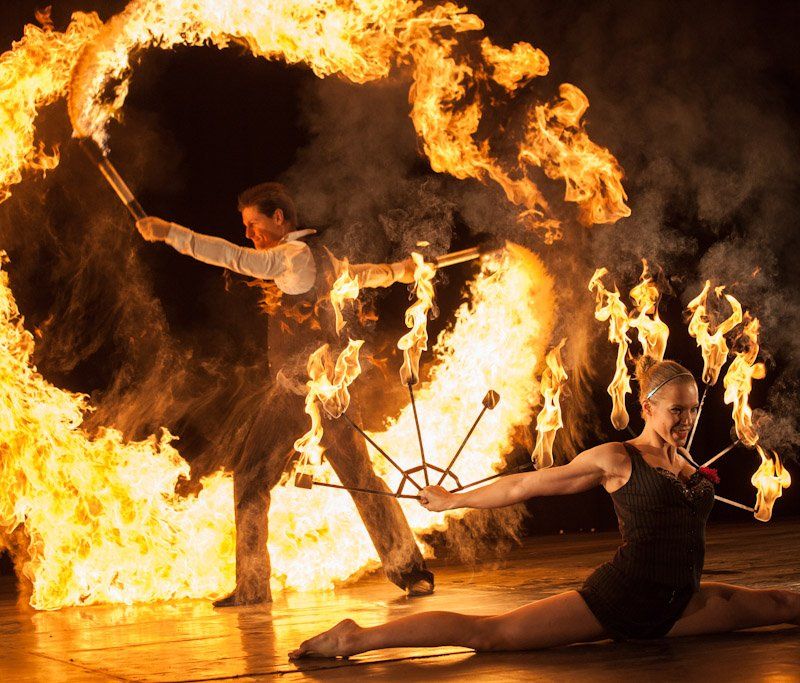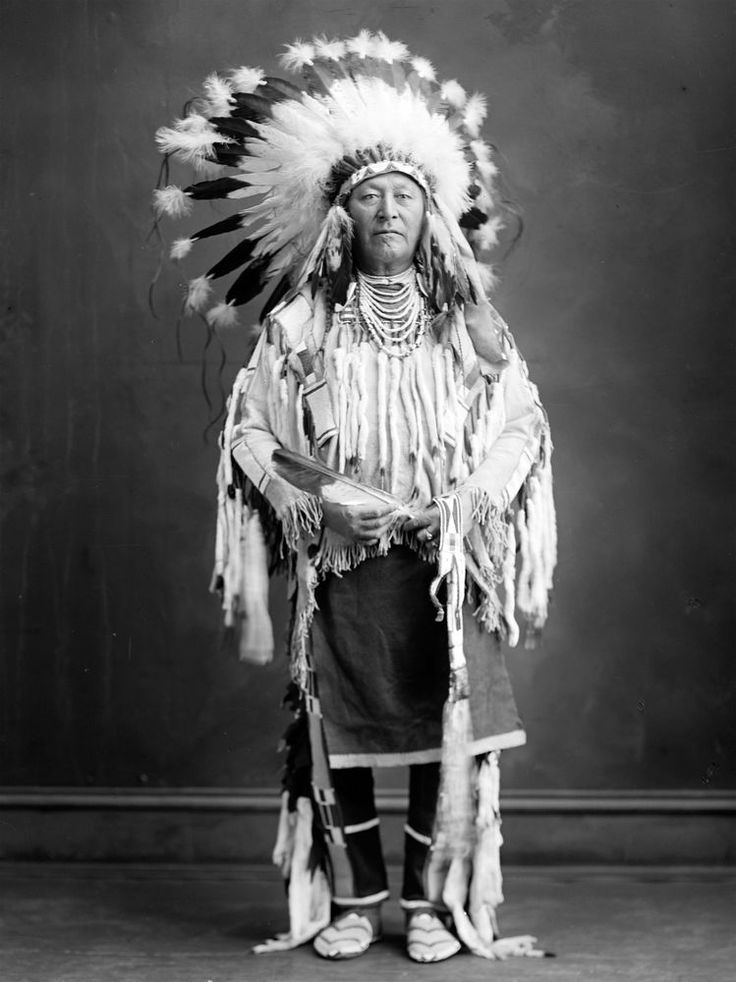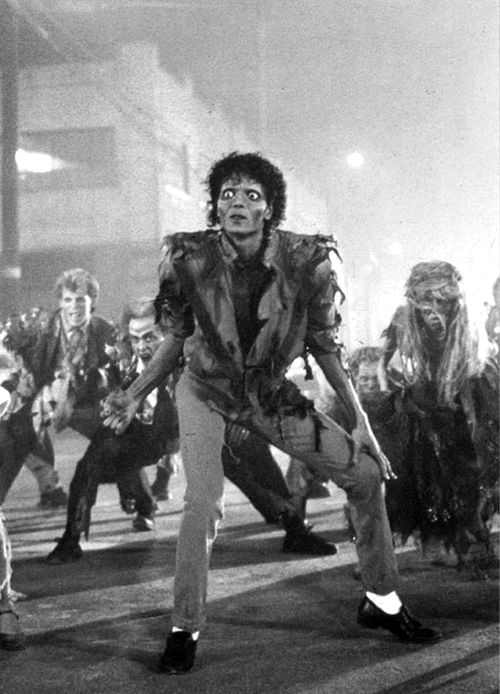How to teach dancing
Effective dance teaching methods » Ausdance
by Ausdance National originally published on in Australian guidelines for teaching danceIn This Article
Use effective and safe teaching methods
Consider:
- the type of class (community, social, school, studio, professional etc)
- participants' age, stage and needs
- the dance style/genre
- class size and venue.
Lesson planning
Consider:
- the aim of class or teaching program
- pre-testing for prior knowledge/understanding
- skill levels and age
- logical, suitable and safe progression beginning with warm-up and stretching
- students’ emotional, physical and intellectual development and/or limitations
- a graduated workload, i.
e. frequency, intensity, duration and type of dance.
Create a positive learning/teaching environment
Make sure that the:
- teaching is supportive, encouraging and non-threatening
- goals are clearly stated
- students respect the rights of others to be taught and to learn
- students are given equal opportunities to learn and develop their dance skills
- teachers encourage students to accept reasonable challenges and to take risks with teacher support
- students support each other in challenging or risk-taking activity
- cultural, gender and age differences and different physical and learning abilities are reflected in fair and inclusive teaching/learning practices.
Demonstrate positive communication skills
- Discuss your goals and expectations of a class, program or course.
- Give clear instructions, explanations and demonstrations in verbal, non-verbal, audiovisual and written forms.
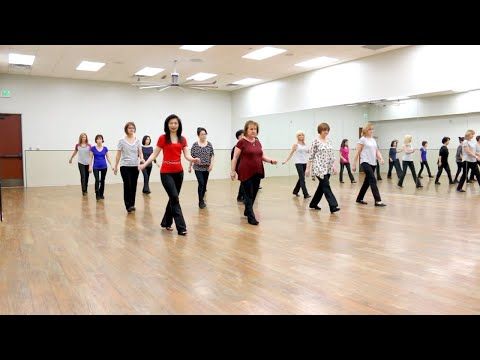
- Create a safe, friendly and positive atmosphere.
- Adapt your language to suit the age and experience of students
- Give regular verbal feedback that respects students and helps them develop as independent learners.
- Help students to reflect, evaluate and share knowledge.
Be a positive role model
- Show your love for dance with energy and enthusiasm.
- Set clear goals and expectations.
- Use language that shows respect for students and staff.
- Teach safe dance principles; non-judgmental attitudes; positive body image; punctuality, planning and preparation.
Pedagogy—develop and use dance teaching practices
Level 1
- Respect students’ personal space.
- Encourage a healthy awareness and understanding of the physical nature of dance.
- Use verbal explanations and show correct stance/movement.
- Before any physical contact, tell the student why and how contact is needed.
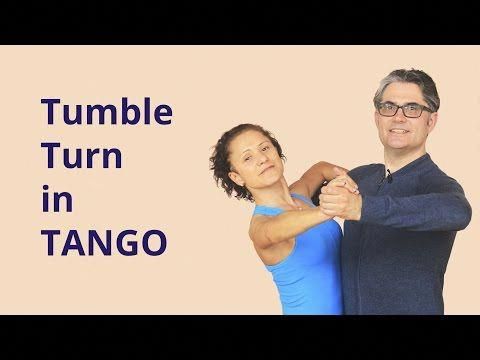
- Show different approaches to a task, movement or problem solving exercise.
- Allow exploratory learning by encouraging students to talk about ideas and processes.
- Use positive approaches that give students information, confidence, encouragement and a willingness and desire to practice and improve their dance skills.
- Be sensitive to social, economic and cultural contexts, expectations, language and themes.
Level 2
- Recognise and be sensitive to the external lives/pressures that students (particularly adolescents) are experiencing.
- Monitor issues that relate to dance training and talk with a student about concerning symptoms.
- If needed, discuss issues with colleagues, parents and carers, while being sensitive to a student’s right to privacy.
- Be aware and adhere to teacher responsibility to Mandatory Reporting regulations (check your state legislation).
- Refer students and parents/carers to other dance and health professionals with sensitivity.

- Use terminology and explanations which are understood by students.
- Include assessment as an informal or formal gauge of progress.
- Place dance as an art form in its historical, social and cultural contexts according to the style taught, and the training level.
- Help students learn to relate dance practice and theory.
- Give students learning opportunities which develop and recognise different learning styles.
- Use various teaching resources and modes of learning.
Self-development and career development
Level 1
- Invite and welcome honest feedback from parents, students and colleagues.
- Make time to talk with students, course leaders, school or institution leaders and parents or carers about issues affecting individual students, classes or groups.
- Find opportunities for learning and development.
- Find opportunities for learning and certification as a dance educator.
- Learn about lifelong learning practices.

Professional development
Maintain knowledge and expertise in your chosen genre and style of dance; develop a broad knowledge of dance; enrich your qualifications.
Level 1
- Attend performances and read dance-related material.
- Develop your awareness and knowledge of different stage crafts.
- Enroll in teaching, stage craft, health, fitness and business management courses.
- Encourage employed staff to do professional development.
Level 2
- Make sure your professional knowledge is current and qualifications are upgraded through a teaching or syllabus organisation.
- Attend professional development workshops or short courses.
- Maintain or subscribe to a professional journal or library.
Encourage self-expression and creativity
Level 1
- Include regular times for students to use imagination, expressive skills and creativity.
- Teach students the elements of composition using the relevant style or genre.

- Use different creative stimuli and models of self expression.
- Use a developmental approach (creative scaffolding) to build creative skills along with technique development.
- Include time to develop performance skills.
- Give students access to other teachers or artists (workshops, summer schools and special events) to stimulate creativity through new ways of thinking about dance.
- Recognise the subjective nature of creativity.
Level 2
- Help students develop independence, problem-solving and decision-making skills.
- Recognise individual learning styles and offer choices so each student has practice with problem solving and decision-making.
- Make sure that programs/curriculum let students choose class tasks, projects or electives that allow creative growth.
- Use technical training as a tool for expressive development and creative growth.
- Give students tools to assess their expressive and creative development.
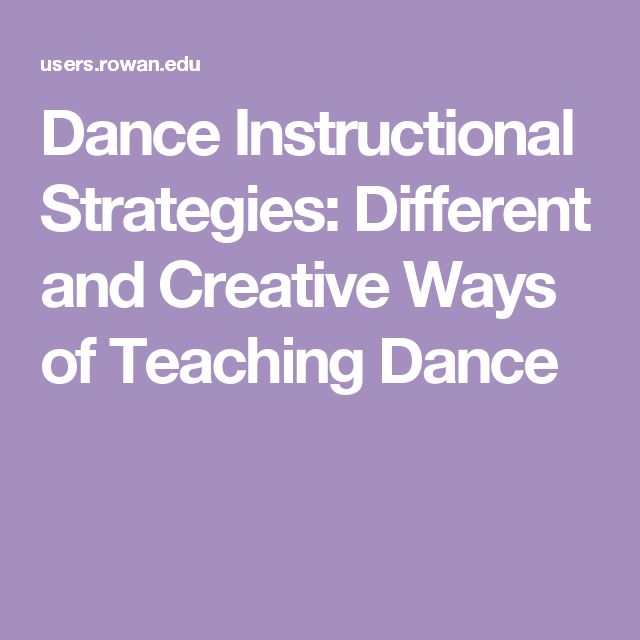
- Give students opportunities and support their interest in dance experiences beyond their educational setting
- Encourage use, review and criticism of dance-related material
- Facilitate or encourage attendance at rehearsals, performances, exhibitions and performances in dance and other art forms
- Support students to audition for events or performances or take part in activities/workshops where they can work with other teachers, choreographers or directors to enhance their
- Understanding of creative processes, performance and professional expectations.
Use assessment and reporting procedures
Note: There are teaching situations such as community and recreational dance instruction which do not require or expect formal assessment and reporting.
Assess the work of students against criteria
Level 1
- Give students regular verbal or written feedback that includes praise and identifies areas for improvement.
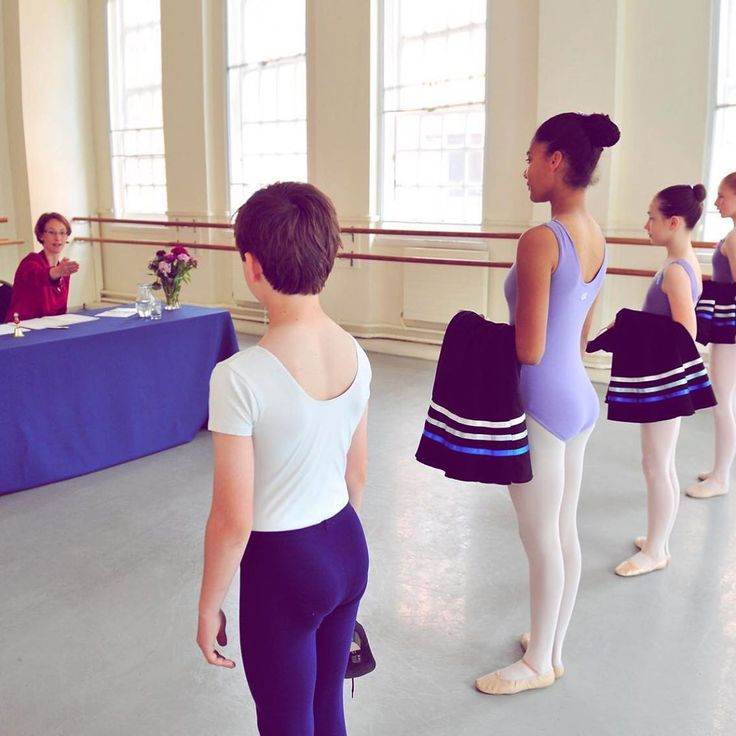
- Let students discuss and receive feedback about work in development (technique, creative work and theory).
- Give progress reports to parents and students.
- Before assessment, make sure students understand the assessment measures.
- Use external standards or assessors to moderate your assessment process.
- Deal privately with sensitive assessment and achievement issues.
Give parents and students an accurate assessment of dance potential
Level 2
- Give regular verbal and written descriptive assessment (which includes marks or grades), and some independent assessment.
- Give honest opinions about a dancer’s potential or readiness to pass an exam or succeed in an audition.
- Use criterion-based assessment which can be complemented by subjective opinions, references and statements.
Provide vocational support for training and careers
Level 2
- Encourage students to complete their school education and to develop interests both within and outside dance.
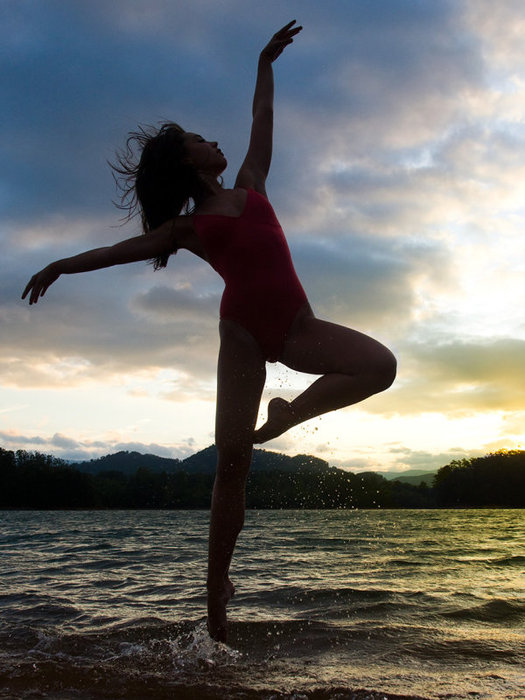
- Give students resources, structures, educational counselling that helps them complete Year 12 and receive university admission ranking.
- Encourage students to gain experience in dance and theatre related work.
- Give students access to professional career counselling.
- Give students work, career and transition planning tools.
Author
Ausdance National
We lead a network of Ausdance organisations that deliver integrated programs across the country, anticipating industry issues and providing innovative and inclusive responses.
Ausdance National now operates as a voluntary organisation, and continues its work through its own National projects and programs. Read about our contributions to the Australian dance sector.
Through advocacy, Ausdance National aims to:
- Lead and shape dance policy development and debate.
- Provide a national voice for dance and dance education.

- Identify and promote diverse forms of dance and dance practice.
- Encourage access to and understanding of dance.
- Foster national and international links with dance and dance-related organisations.
View more from Ausdance National
Colophon
© Ausdance National 2011
This is the second edition of The Australian Guidelines for Teaching Dance which was orignally published in 1998. The content has been updated by Jane Pamenter and edited by Rachael Jennings and Leanne Craig in consultation with selected professionals from different sectors of the dance education industry.
The original guidelines were based on draft competency standards developed in 1994 and 1995 by Arts Training ACT and Ausdance ACT in response to community demand. They support the Code of Ethics developed by the teaching profession in 1986 and 1987 and the Safe Dance Project Report 1990, which increased community awareness of the need for dance teachers to maintain and upgrade their qualifications in injury prevention and management.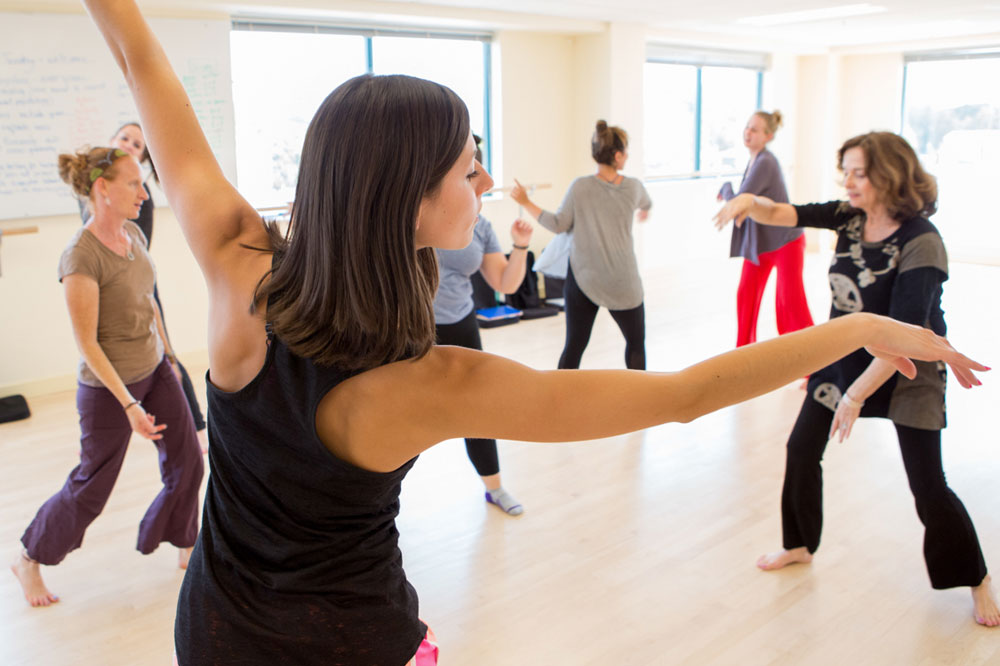
Thanks to Ruth Osborne, Maggi Phillips, Kylie Hunter, Irene Lind, Charmaine Hallam, Jacqui Simmonds and Fresh Funk.
Posted under: Teaching dance, Teaching methods, Factsheets + guides
Colophon
Effective dance teaching methods » Ausdance
by Ausdance National originally published on in Australian guidelines for teaching danceIn This Article
Use effective and safe teaching methods
Consider:
- the type of class (community, social, school, studio, professional etc)
- participants' age, stage and needs
- the dance style/genre
- class size and venue.
Lesson planning
Consider:
- the aim of class or teaching program
- pre-testing for prior knowledge/understanding
- skill levels and age
- logical, suitable and safe progression beginning with warm-up and stretching
- students’ emotional, physical and intellectual development and/or limitations
- a graduated workload, i.
 e. frequency, intensity, duration and type of dance.
e. frequency, intensity, duration and type of dance.
Create a positive learning/teaching environment
Make sure that the:
- teaching is supportive, encouraging and non-threatening
- goals are clearly stated
- students respect the rights of others to be taught and to learn
- students are given equal opportunities to learn and develop their dance skills
- teachers encourage students to accept reasonable challenges and to take risks with teacher support
- students support each other in challenging or risk-taking activity
- cultural, gender and age differences and different physical and learning abilities are reflected in fair and inclusive teaching/learning practices.
Demonstrate positive communication skills
- Discuss your goals and expectations of a class, program or course.
- Give clear instructions, explanations and demonstrations in verbal, non-verbal, audiovisual and written forms.

- Create a safe, friendly and positive atmosphere.
- Adapt your language to suit the age and experience of students
- Give regular verbal feedback that respects students and helps them develop as independent learners.
- Help students to reflect, evaluate and share knowledge.
Be a positive role model
- Show your love for dance with energy and enthusiasm.
- Set clear goals and expectations.
- Use language that shows respect for students and staff.
- Teach safe dance principles; non-judgmental attitudes; positive body image; punctuality, planning and preparation.
Pedagogy—develop and use dance teaching practices
Level 1
- Respect students’ personal space.
- Encourage a healthy awareness and understanding of the physical nature of dance.
- Use verbal explanations and show correct stance/movement.
- Before any physical contact, tell the student why and how contact is needed.

- Show different approaches to a task, movement or problem solving exercise.
- Allow exploratory learning by encouraging students to talk about ideas and processes.
- Use positive approaches that give students information, confidence, encouragement and a willingness and desire to practice and improve their dance skills.
- Be sensitive to social, economic and cultural contexts, expectations, language and themes.
Level 2
- Recognise and be sensitive to the external lives/pressures that students (particularly adolescents) are experiencing.
- Monitor issues that relate to dance training and talk with a student about concerning symptoms.
- If needed, discuss issues with colleagues, parents and carers, while being sensitive to a student’s right to privacy.
- Be aware and adhere to teacher responsibility to Mandatory Reporting regulations (check your state legislation).
- Refer students and parents/carers to other dance and health professionals with sensitivity.
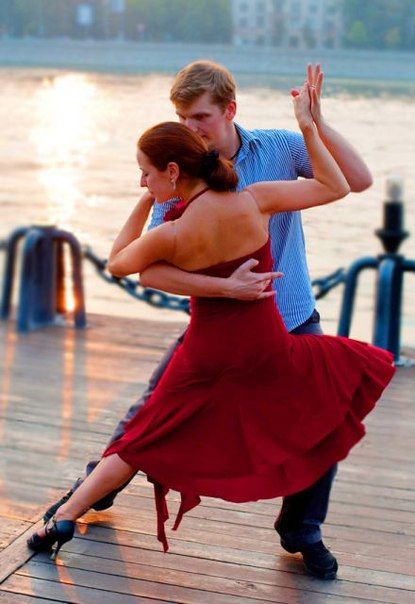
- Use terminology and explanations which are understood by students.
- Include assessment as an informal or formal gauge of progress.
- Place dance as an art form in its historical, social and cultural contexts according to the style taught, and the training level.
- Help students learn to relate dance practice and theory.
- Give students learning opportunities which develop and recognise different learning styles.
- Use various teaching resources and modes of learning.
Self-development and career development
Level 1
- Invite and welcome honest feedback from parents, students and colleagues.
- Make time to talk with students, course leaders, school or institution leaders and parents or carers about issues affecting individual students, classes or groups.
- Find opportunities for learning and development.
- Find opportunities for learning and certification as a dance educator.
- Learn about lifelong learning practices.

Professional development
Maintain knowledge and expertise in your chosen genre and style of dance; develop a broad knowledge of dance; enrich your qualifications.
Level 1
- Attend performances and read dance-related material.
- Develop your awareness and knowledge of different stage crafts.
- Enroll in teaching, stage craft, health, fitness and business management courses.
- Encourage employed staff to do professional development.
Level 2
- Make sure your professional knowledge is current and qualifications are upgraded through a teaching or syllabus organisation.
- Attend professional development workshops or short courses.
- Maintain or subscribe to a professional journal or library.
Encourage self-expression and creativity
Level 1
- Include regular times for students to use imagination, expressive skills and creativity.
- Teach students the elements of composition using the relevant style or genre.
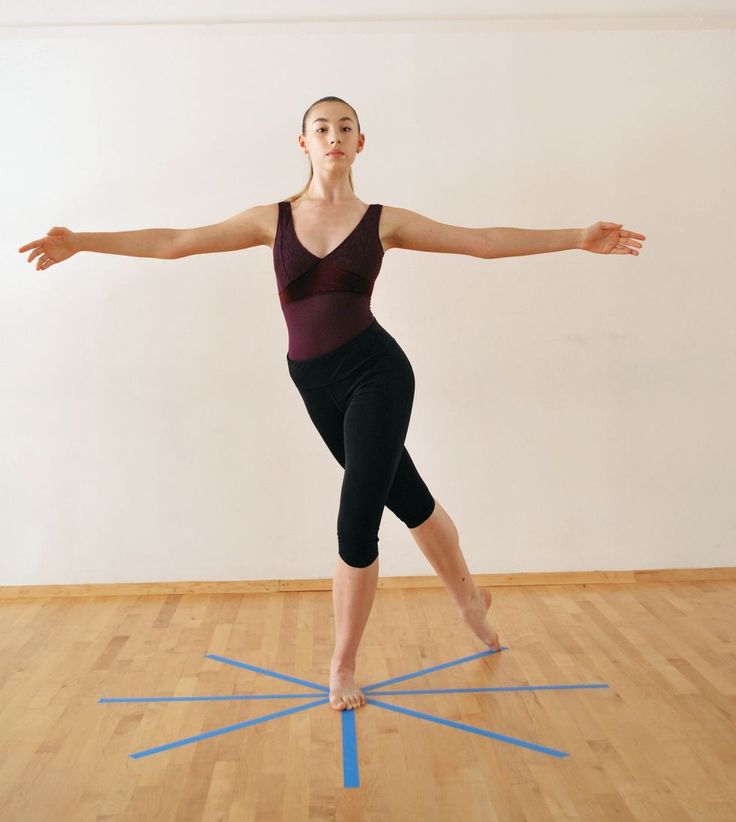
- Use different creative stimuli and models of self expression.
- Use a developmental approach (creative scaffolding) to build creative skills along with technique development.
- Include time to develop performance skills.
- Give students access to other teachers or artists (workshops, summer schools and special events) to stimulate creativity through new ways of thinking about dance.
- Recognise the subjective nature of creativity.
Level 2
- Help students develop independence, problem-solving and decision-making skills.
- Recognise individual learning styles and offer choices so each student has practice with problem solving and decision-making.
- Make sure that programs/curriculum let students choose class tasks, projects or electives that allow creative growth.
- Use technical training as a tool for expressive development and creative growth.
- Give students tools to assess their expressive and creative development.
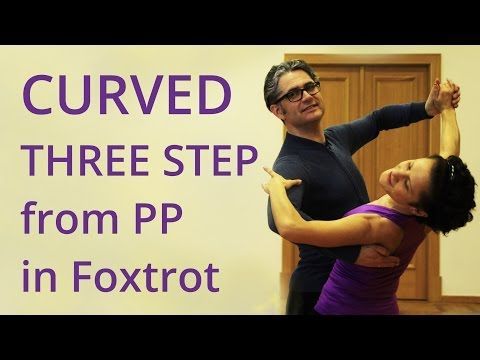
- Give students opportunities and support their interest in dance experiences beyond their educational setting
- Encourage use, review and criticism of dance-related material
- Facilitate or encourage attendance at rehearsals, performances, exhibitions and performances in dance and other art forms
- Support students to audition for events or performances or take part in activities/workshops where they can work with other teachers, choreographers or directors to enhance their
- Understanding of creative processes, performance and professional expectations.
Use assessment and reporting procedures
Note: There are teaching situations such as community and recreational dance instruction which do not require or expect formal assessment and reporting.
Assess the work of students against criteria
Level 1
- Give students regular verbal or written feedback that includes praise and identifies areas for improvement.

- Let students discuss and receive feedback about work in development (technique, creative work and theory).
- Give progress reports to parents and students.
- Before assessment, make sure students understand the assessment measures.
- Use external standards or assessors to moderate your assessment process.
- Deal privately with sensitive assessment and achievement issues.
Give parents and students an accurate assessment of dance potential
Level 2
- Give regular verbal and written descriptive assessment (which includes marks or grades), and some independent assessment.
- Give honest opinions about a dancer’s potential or readiness to pass an exam or succeed in an audition.
- Use criterion-based assessment which can be complemented by subjective opinions, references and statements.
Provide vocational support for training and careers
Level 2
- Encourage students to complete their school education and to develop interests both within and outside dance.
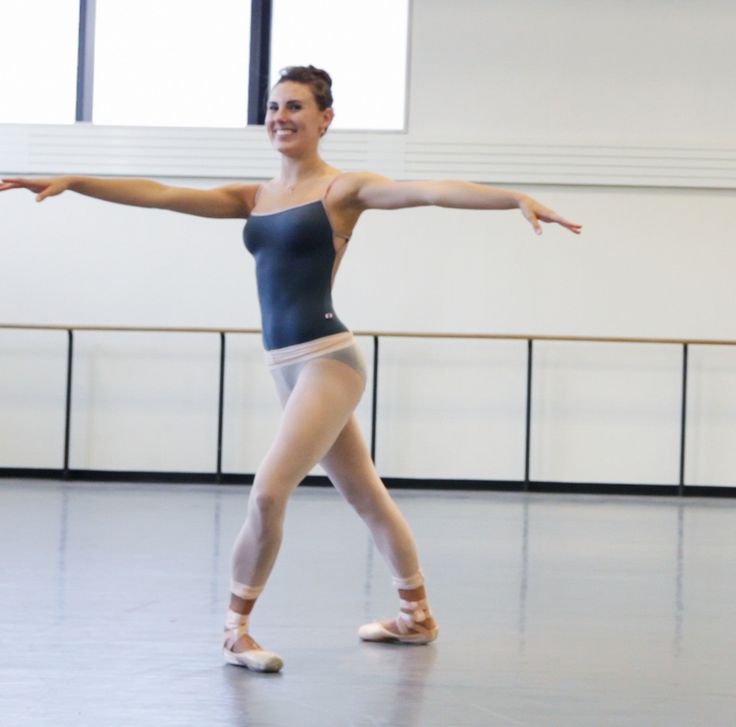
- Give students resources, structures, educational counselling that helps them complete Year 12 and receive university admission ranking.
- Encourage students to gain experience in dance and theatre related work.
- Give students access to professional career counselling.
- Give students work, career and transition planning tools.
Author
Ausdance National
We lead a network of Ausdance organisations that deliver integrated programs across the country, anticipating industry issues and providing innovative and inclusive responses.
Ausdance National now operates as a voluntary organisation, and continues its work through its own National projects and programs. Read about our contributions to the Australian dance sector.
Through advocacy, Ausdance National aims to:
- Lead and shape dance policy development and debate.
- Provide a national voice for dance and dance education.
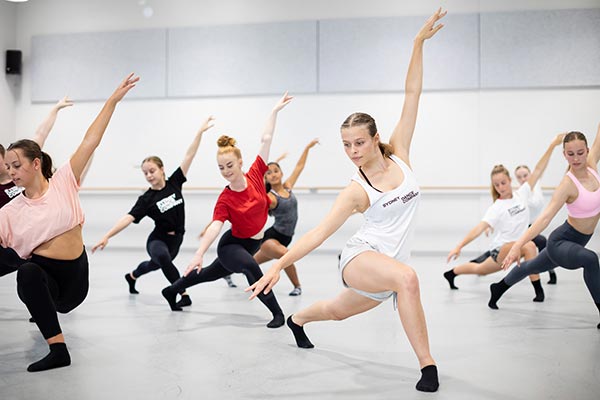
- Identify and promote diverse forms of dance and dance practice.
- Encourage access to and understanding of dance.
- Foster national and international links with dance and dance-related organisations.
View more from Ausdance National
Colophon
© Ausdance National 2011
This is the second edition of The Australian Guidelines for Teaching Dance which was orignally published in 1998. The content has been updated by Jane Pamenter and edited by Rachael Jennings and Leanne Craig in consultation with selected professionals from different sectors of the dance education industry.
The original guidelines were based on draft competency standards developed in 1994 and 1995 by Arts Training ACT and Ausdance ACT in response to community demand. They support the Code of Ethics developed by the teaching profession in 1986 and 1987 and the Safe Dance Project Report 1990, which increased community awareness of the need for dance teachers to maintain and upgrade their qualifications in injury prevention and management.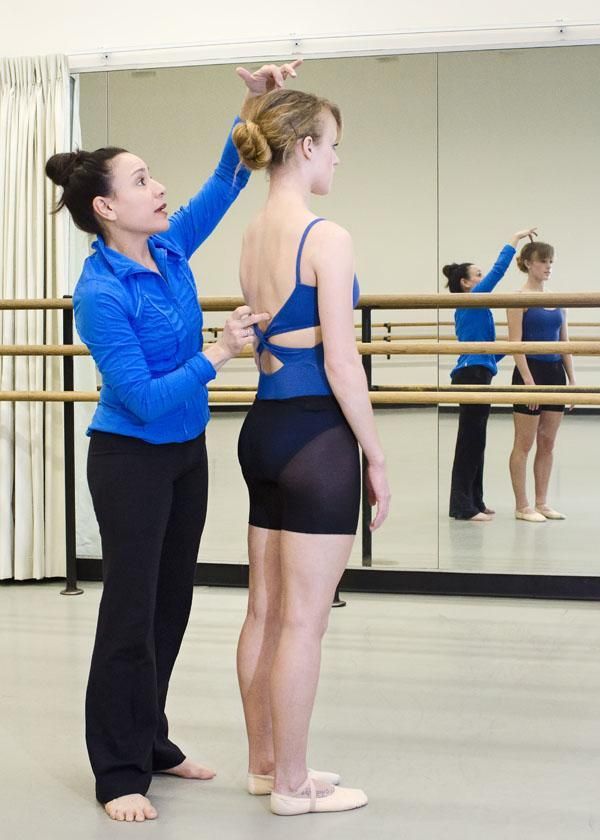
Thanks to Ruth Osborne, Maggi Phillips, Kylie Hunter, Irene Lind, Charmaine Hallam, Jacqui Simmonds and Fresh Funk.
Posted under: Teaching dance, Teaching methods, Factsheets + guides
Colophon
90,000 12 life hacks, to quickly learn how to dance from Mamita DanceDances
Author: Pavel Gather
Psychologist, Lecturer Salsa and Tango
Dances
Author: Pavel Pavel
Psychologist, Lecturer Salsa
on At the start, you always want to get a quick result. When it doesn't happen, the hypothesis arises that everything takes time. After a conditionally acceptable time, humility comes to mastering pair dances, which, perhaps, is not given, and I will just do what I learned somehow.
This is the most common story of those who believe that the mere act of attending a pair dance class is enough to learn how to dance.
Absolutely not. If you want to really dance well, you have to make an effort outside of the dance class. A good teacher will definitely be needed, but the initiative should be on your side.
1. Listen to music
The most common and accessible advice that is given already in the first lessons. And it definitely works. Music creates a certain atmosphere of the dance and intuitively you want to move to it. It doesn't matter where you listen to music - in the car, on headphones while walking or doing household chores.
An addition that will help you dance better is your active participation in the music. Sing along, dance or simply beat musical accents with any free parts of the body. In the subway, for example, it is enough to tap out bright moments with your fingers, in the car to sing along with sounds, and at home you can jump for pleasure.
2. Watch videos of good dancers
It's complicated, but also obvious.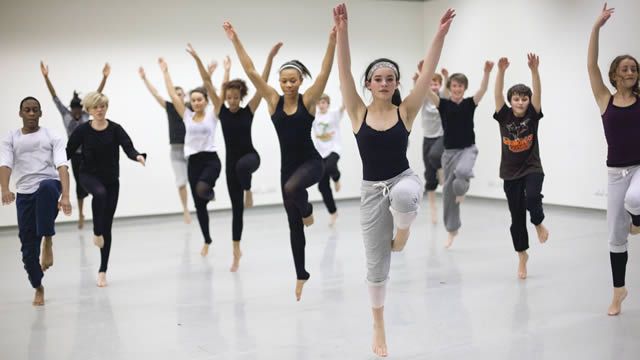 It’s more difficult, because without recommendations from more experienced dancers, unfortunately, it’s not so easy to find a good quality video on the net (I mean not the resolution quality, but the content itself).
It’s more difficult, because without recommendations from more experienced dancers, unfortunately, it’s not so easy to find a good quality video on the net (I mean not the resolution quality, but the content itself).
Meaningful video viewing is about building an understanding of HOW dancers make a particular impression on a partner or viewer. Technology is at the heart of everything. Understanding how the pros do it is a big step forward.
It is important to distinguish a show from a disco dance, a staged performance from an improvisation, a stylized dance from an authentic one, etc. Ask for recommendations and dance teachers will always throw off a couple of videos of worthy landmarks.
Tango Z. Showreel.
Online modern tango courses
Tango nuevo is the most advanced version of tango. We can quickly learn to dance from zero to a steep level.
| View details |
3. Dance in salsatecas/milongas/discotheques
A very delicate moment when it is worth coming to the first party. From a technical point of view, most students in 1-3 months have a sufficient set of figures and techniques to come and dance calmly. Psychologically, the same moment can be stretched out for an indefinite time. After all, it is imperative to “not lose face”, “learn more figures” and be sure what to do in case “there is an unfamiliar movement”.
From a technical point of view, most students in 1-3 months have a sufficient set of figures and techniques to come and dance calmly. Psychologically, the same moment can be stretched out for an indefinite time. After all, it is imperative to “not lose face”, “learn more figures” and be sure what to do in case “there is an unfamiliar movement”.
In fact, the partygoers don't really care (except for a small layer of non-professional teachers who want to help inexperienced dancers by treating them as customers in the future). It is important to come and try dancing after a month of classes. You can only with friends or guys from your group. This will be enough to feel the adrenaline and inspiration from the dance.
4. Dance with partners or partners not of your level
The conventional wisdom that you need to practice in groups of your level does not withstand the test of experience. Perhaps now your eyes widened in surprise, and you want to meaningfully read the phrase again. Yes, you saw everything correctly: when you dance with a partner of your level, you don’t grow anywhere.
Yes, you saw everything correctly: when you dance with a partner of your level, you don’t grow anywhere.
It's important to understand that not only does it work one way and you have to dance with cooler dancers, but it works even more effectively the other way. It is no coincidence that teaching pair dances dramatically raises the level of the teacher himself. You have an endless stream of very beginner dancers.
How it works. A more experienced partner needs to be "stretched". It's easy and obvious. With beginners, you need to take more initiative on yourself, see the general pattern of the dance more widely, turn on and insure more, try to be an example and be more careful. The quality of interaction begins to grow significantly. And wonderful partners too.
Dancing with partners of your level doesn't make you grow. Dance with both beginners and more advanced dancers
Dominican Bachata Women's Style Online Course
Want to learn how to hypnotize those around you with the most appetizing part of your body? On the course we will tell you all the secrets.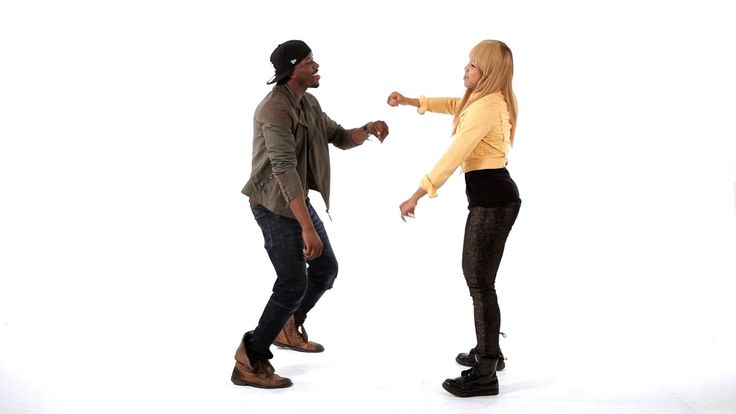
| Interesting |
5. Learn to dance for a partner and for a partner
Turks and Argentines are one of the best partners in the world. In Russia, partners are highly valued. Why? The answer is simple. In Argentina and Turkey, it is not questionable for men to ask another man to lead in one piece or another and give feedback on the quality of the lead. For them, it will be a great shame to hear moralizing from a partner, or even more so to be known in the community as an insecure partner.
In Russia, due to the constant, often far-fetched, opinion that there are more women in pair dances, partners calmly get up and study their partner's part. Such partners then grow into very cool dancers and teachers. In no case do this at parties, only in class. Here we are talking only about the learning strategy. At parties, be yourself.
6. Do not memorize the links
Always try to look deeper and understand the through principle and idea of movement.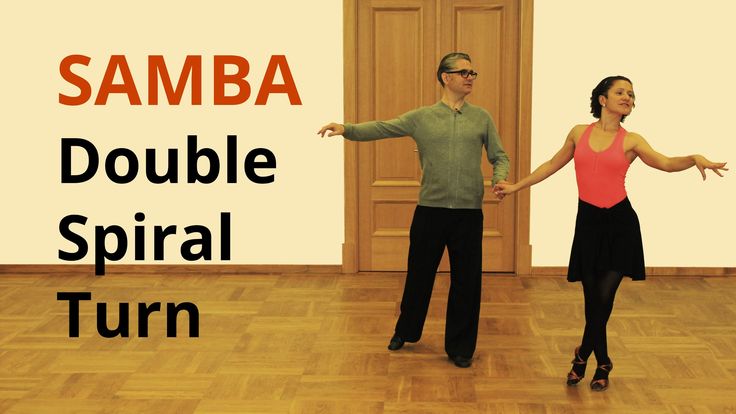 Understanding what and how is done will make it possible to independently generate any sequences and chips.
Understanding what and how is done will make it possible to independently generate any sequences and chips.
Human memory is limited and there will always be a moment when something will escape and your repertoire will be limited by the size of RAM.
In Argentine tango, for example, there are seven levels of movement construction that, when mastered, will allow you to make millions of combinations. And how many dance sequences can you really remember? In rueda, more than 150 figures dance in a rare circle. It's hard to keep more in mind.
7. Develop your body
Many years of experience in teaching couple dance shows that as soon as everyone pairs up in a class, any progress in individual style ends. But it is the individual style that distinguishes everyone at the disco: partners change, and style is always with you.
The body as the main instrument of dance must be very plastic, responsive and emotional. Surprisingly, not all pair dance schools have a general physical warm-up. It is vital to tune the body and understand how it works.
It is vital to tune the body and understand how it works.
You can always train extra and concentrate more on the basic steps, as their true value is as body work. The sequence of steps is, in fact, the simplest thing that can be in pair dancing. The quality of individual performance determines the craftsmanship.
8. Try on the images of inspiring dancers
A psychological life hack for those who have already mastered the steps, but still feel that there is not enough brightness and drive. Most are terribly afraid of being someone else's "clone". Here the action is the same as under the influence of hypnosis - the more you resist, the more you plunge into an altered state of consciousness.
With a high degree of probability, you are already dancing like someone else's "clone". A meaningful fitting of someone else's image is that you mentally take the image of the one who inspires you (inspiration is critical in this case) and "put on" yourself.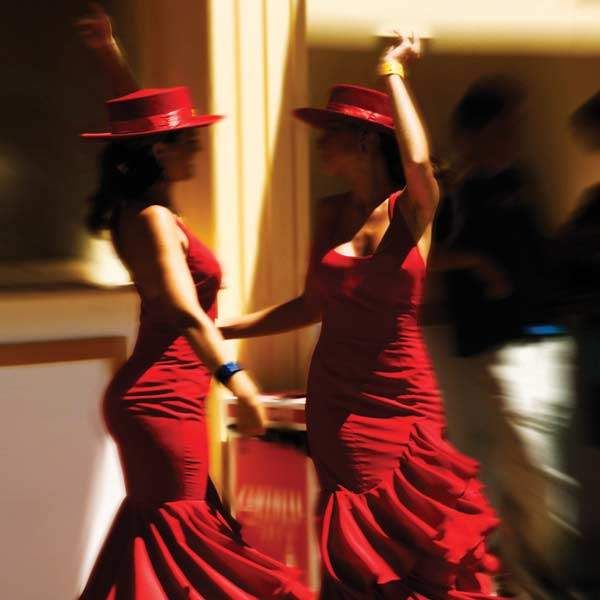 Then you start dancing and trying to feel in general how it is to be able, for example, to be the best partner or the sexiest partner in a disco. This is much more difficult than it seems. But it works extremely efficiently.
Then you start dancing and trying to feel in general how it is to be able, for example, to be the best partner or the sexiest partner in a disco. This is much more difficult than it seems. But it works extremely efficiently.
9. Dance to offbeat music
Habitual rhythms keep you tight. Tango salon or speedy timba leave little room for experimentation and fantasy. Pattern dancing is always noticeable and is reserved for beginners.
The truly new is born outside of the usual. Look for places to experiment. If there is no place, organize self-training. The main thing is not to get carried away, because music determines the style. We bring something new to pair dances, rather than trying to change them.
Search, improvise, don’t be afraid to go beyond, develop in different directions, be inspired by music atypical for the style
10. Try your hand at basic dance directions
dances exist according to their own non-choreographic laws.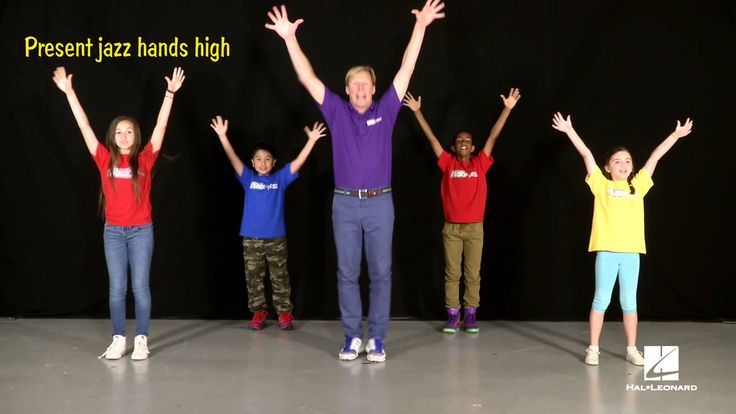
This is the deepest delusion, which has turned into a ceiling for the qualitative development of partner dances. After all, all professional dancers, for example, in salsa or bachata, build their ideas on the basic choreographic principles.
Do not think that choreography is only applicable on stage. Any meaningful movement of the body can be choreographic. In general, try classical or modern choreography. Basically, hip-hop can work too.
11. Look for battle sensations
Pair dances return us to an active position of manifestation of our body. As in the days of our ancient ancestors, we impress the members of the opposite sex by how dexterous, hardy, sexy, etc. we are. Modern laws of the jungle in the entourage of big cities.
If you look around the dance floor, it becomes clear that the majority are clearly herbivores (not in the sense of vegetarians, but in relation to those around them). I am sure that predators are always more interesting in terms of the attractiveness of the image - try to find a counterbalance among herbivores, for example, a cat woman or a lion man.
I am sure that predators are always more interesting in terms of the attractiveness of the image - try to find a counterbalance among herbivores, for example, a cat woman or a lion man.
The conversation is about an internal position, not about aggressiveness. Lability and lack of control are inherent in adolescents, and not in adult self-sufficient people.
Accordingly, even a training or friendly battle gives, on the one hand, practical skills - to make a bright sequence of movements, bring an idea to a climax, show a spectacular feature, on the other hand, develops the psychological basis of the dance - self-confidence, resistance to extraneous attention, self-control and self-control in complex elements.
12. Communicate with professionals
The environment shapes the internal position. Basically, real passionaries of the dance community are ready to openly talk, discuss and support the development of dance in every possible way.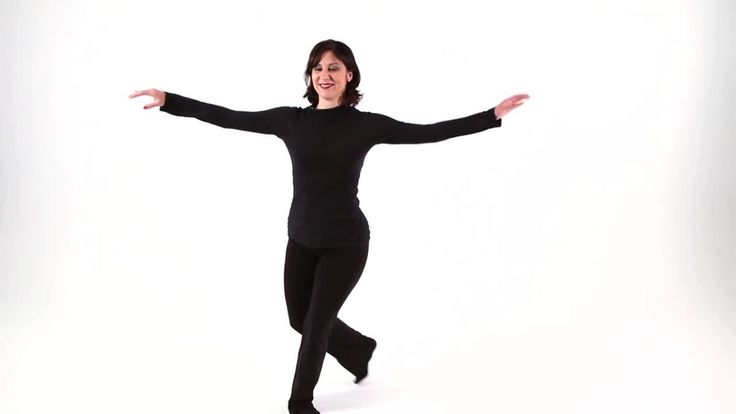 Universal principles and the ideas they articulate have a much longer and more practical perspective than meets the eye.
Universal principles and the ideas they articulate have a much longer and more practical perspective than meets the eye.
Accept that, for example, behind the words "listen to your partner" is not only a beautiful metaphor, but also a practical skill to literally listen to your partner. At the same time, always treat every thought, even the most respected teacher, as a private opinion.
Your skill will lie in finding the scope of the idea even in conflicting opinions. Most often, the contradiction is speculative and the truth lies in the angle of perception or situationality.
Your dancing growth will stop sooner or later. This can happen at the level of three basic steps or years of experience in teaching and show performances. Regardless of your level, the suggested 12 life hacks can get you off the ground and greatly accelerate your dance growth. There is no way here without your motivation and activity. Take your dance development into your own hands. 9Ol000 Dangerous sexuality
Salsa: destroyers of stereotypes
Couple dancing as a source of strength.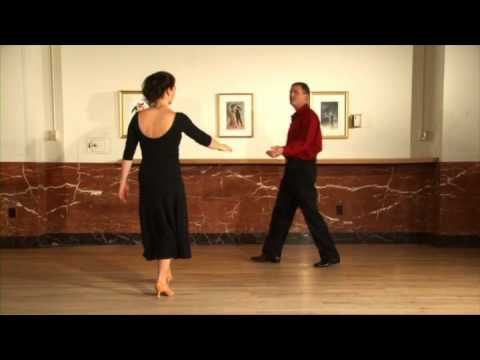
Self-destruction of the couple dance community
The Salsa series as a mirror of the community
Mamita Fridays: salsa, bachata
Destroying the myths about leading pair dances
Does dancing make us better?
The seven deadly sins of teachers
Why we will never dance bachata like the Dominicans
Why tango?
Dispute over musicality
Selection of dances according to alcohol preferences
Where to find inspiration for dancing?
Terrible tango nuevo
Distribution of roles in a salsa party
Argentinean tango through the eyes of a salsa dancer
Is there a predisposition to dancing?
Which is more effective: individual or group lessons?
Sexual overtones in partner dancing
How to learn to dance: video tutorials for those who are not afraid to try
January 28, 2017LikbezSports and Fitness
If you decide to learn how to dance, do not delay.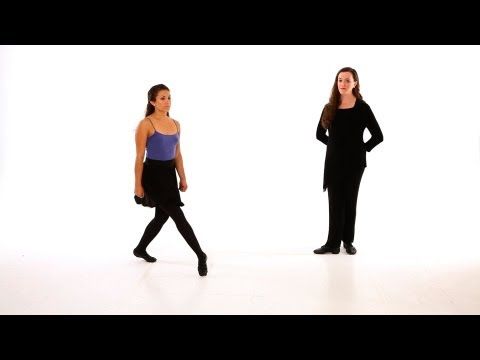 Just repeat after the instructors the basic movements of modern, street, ballroom and social dances.
Just repeat after the instructors the basic movements of modern, street, ballroom and social dances.
Iya Zorina
Author of Lifehacker, athlete, CCM
Share
0Answers to the main questions
Is it difficult to learn to dance?
It's really no more difficult than anything else you're new to. Dance directions are very different from each other. Even if you have mastered one of them, it will be unusual for you to do the other.
However, all dances are connected with the ability to control one's body. And if this is not new to you (for example, you were engaged in martial arts, gymnastics, swimming, and even more so dancing), it will be easier for you to adapt to new movements than a beginner who is not friendly with his body.
Even if you have a fairly wooden body, don't despair. The secret of success is constant practice.
Learning to dance from video lessons is more difficult than from courses.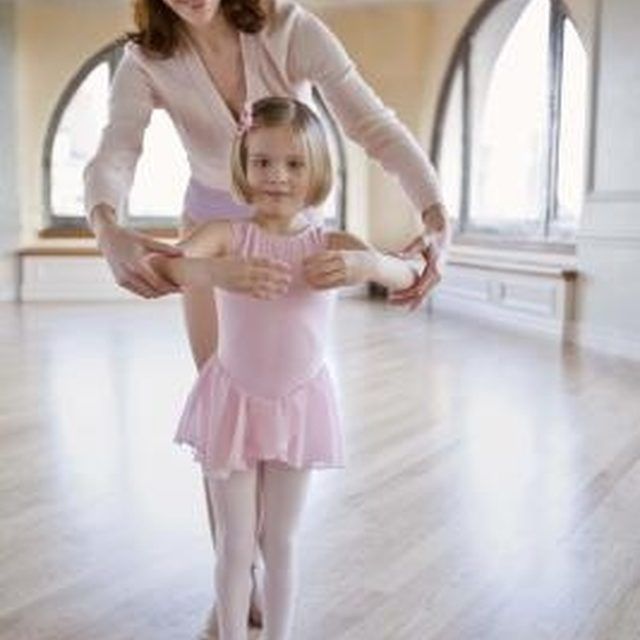 If your body is flexible and obedient, you can still do something similar to the movements of the instructor from the video. If not, you can quickly become disillusioned with dancing: the difference between what is shown in the video and what you will see in the mirror will be too strong.
If your body is flexible and obedient, you can still do something similar to the movements of the instructor from the video. If not, you can quickly become disillusioned with dancing: the difference between what is shown in the video and what you will see in the mirror will be too strong.
Still worth a try. At least in order to determine the appropriate direction.
How many times a week do you dance?
Muscles may initially ache after exercise. But, unlike strength training or running, the body does not require a recovery period.
Therefore, you can safely practice dancing all the time. One of my teachers said to dance 25 hours a day. In any case, the more you dance, the more noticeable the progress.
How to learn to dance modern dances
From this direction we have chosen three types that can often be found in the schedules of fitness clubs and dance schools. And the first - plastic and insanely beautiful contemporary.
Contemporary
Abel M/Flickr.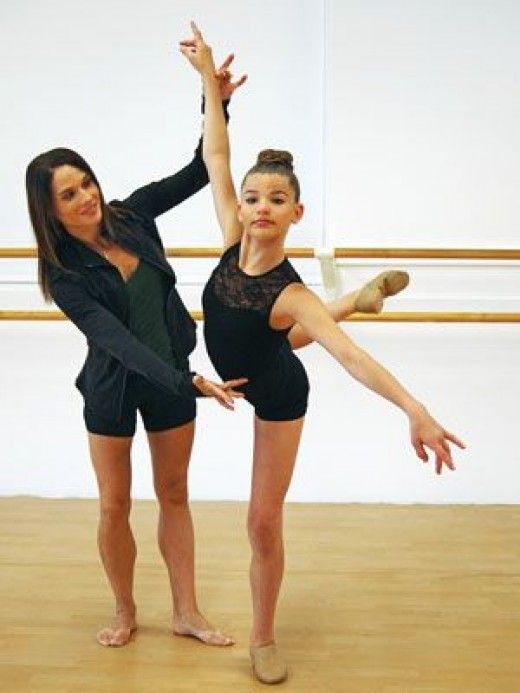 com
com Contemporary combines elements of modern jazz, yoga and martial arts, seasoned with improvisation and attention to breathing. This is freedom and plasticity - the natural beauty of movement.
Here is a clip with a contemporary combination. Give it a try, just be sure to warm up and stretch well before you teach.
And here is the second part:
By the way, about the warm-up. In the video below - a full lesson with a warm-up, stretching and analysis of the combination. In English, but everything is clear and without translation.
If you don’t have time to repeat or consider how some movement is done, set the speed to 0. 25.
25.
If you like combinations but can't repeat them yet, here are some more videos of routine contemporary lessons.
You will most likely have to do the same in the dance school before you can perform beautiful combinations.
Strip plastic
imperiamarket.byMany people confuse pole exercises and strip plastic. The second is just a sensual dance that can be performed without a pole.
When doing strip plastic, you will not stand at the barre and pull your toe. Everything here is based on the natural sexuality of the female body. Of course, many teachers diversify strip plastic with elements of contemporary or modern, Latin American dances and other areas, but it all depends on the teacher.
How beautiful your dance will look again depends on how well you can control your body, how mobile your joints are and how stretched your muscles and tendons are.
In the video below there is an analysis of the combination. Not too simple, but very sensual and beautiful. And you don't have to move on the floor, so your knees don't get hurt.
And here is a playlist with strip plastic lessons from different dance schools. There are both individual movements and combinations.
And one more, simpler combination. Try it if the first one doesn't work.
Belly dance (bellydance)
júbilo haku/Flickr.com This is a sensual and beautiful dance, which, among other things, helps to develop plasticity and even get rid of some health problems.
There are a lot of belly dance lessons on YouTube. Below are some of them.
The basic movements are explained very clearly here:
And the second part:
Below is a playlist with five lessons for beginners from another teacher.
How to learn to dance street dance
Hip-hop
pinterest.comHip-hop has only been around for about 50 years. But during this time, many trends and styles have appeared, with different elements, plasticity, and special features.
In addition, modern hip-hop is often complemented by movements from other dance styles, which provides even richer vocabulary and original combinations.
But before you come up with your own combinations, you need to master the basics. In the playlist below you will find basic moves, steps and many combinations. Explain everything in an accessible way. If you can't make it, slow down the video speed.
The videos in the next big playlist explain the concepts of inertia, manipulation and isolation in hip-hop. There's also a story about improvisation, battle behavior if you're up for it, and a few variations of ground hip-hop moves (on the floor) to diversify your combinations.
Breakdancing
Colonne/Flickr.com Breakdancing consists of different elements: tricks and power movements on the floor, waves, fixations, as well as changing the levels at which the dance is performed.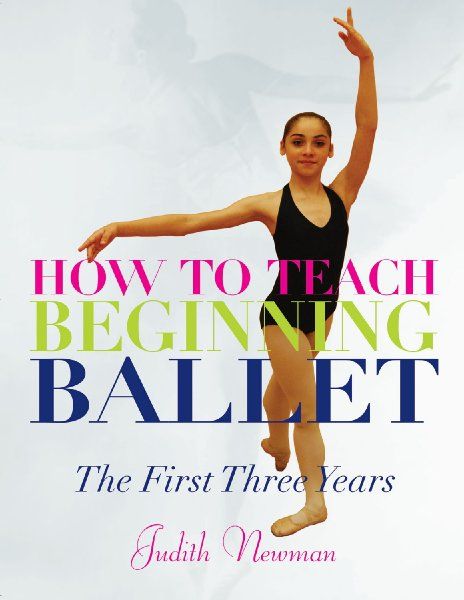
Here on this channel there is training in different styles: Waving, King Tut, Robot, - an analysis of the technique of power elements and basic movements at different levels.
Below is a video detailing the 6 steps element from Footwork.
And here you can see how the "turtle" is performed.
Here is a voluminous playlist in which there are quite a lot of breakdance elements with a detailed analysis of the technique of dance and strength elements.
Twerk
Lauren Wood/Flickr.com Sexy dance in which you need to actively work the buttocks, hips, stomach and arms. In this playlist you will find several lessons with analysis of twerk movements.
In this playlist you will find several lessons with analysis of twerk movements.
How to learn to dance ballroom dancing
Waltz
vimbly.comAt least once in your life you will surely need a waltz. Moreover, it is not so difficult to dance it at an amateur level.
Here are four good lessons that will teach you how to hold your hands and do the basic waltz steps in pairs or individually.
How to learn to dance social dances
Social dances are not designed for competition, but for communication between partners and enjoyment. Improvisation is welcome here, through which the dancer can express himself, his feelings and emotions.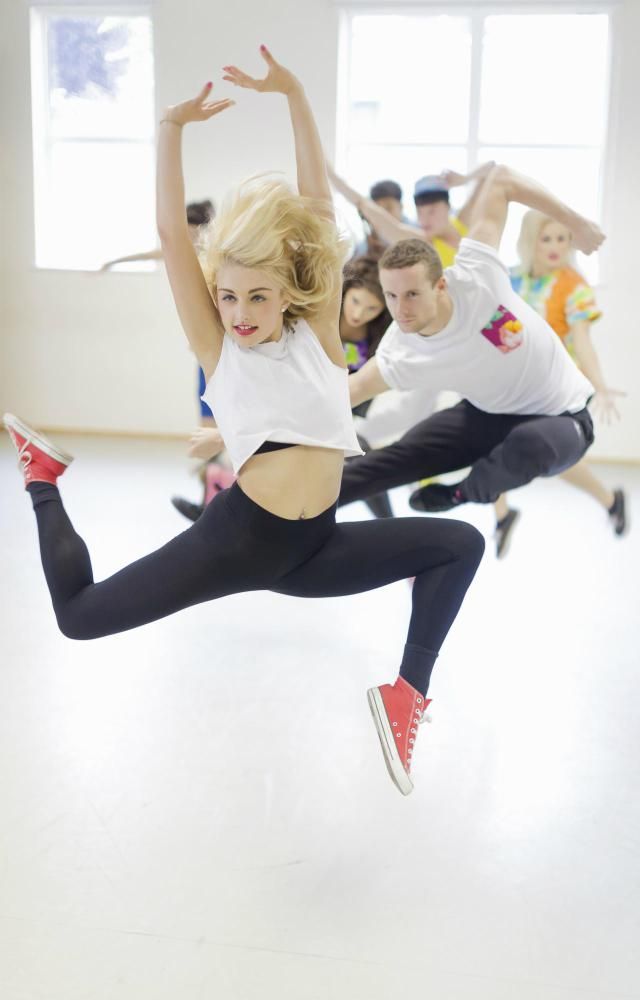
Bachata
pinterest.comThis dance comes from the Dominican Republic. He is very sensual and sometimes erotic. The basis of bachata is four steps with an emphasis on the last one. In the dance, there are rotations and throws of the partner, small lifts.
Despite the fact that bachata is a pair dance, solo combinations can also be taught. For example, if you don't have a partner yet.
In the video below - an overview of the main steps. Where to transfer body weight, how to hold hands, how to focus - everything is told in the most detailed way.
And here is a variation of bachata from the same teacher.
Below is a playlist for those who want to dance bachata in pairs. These are Dominican bachata lessons from the Imagine dance school.